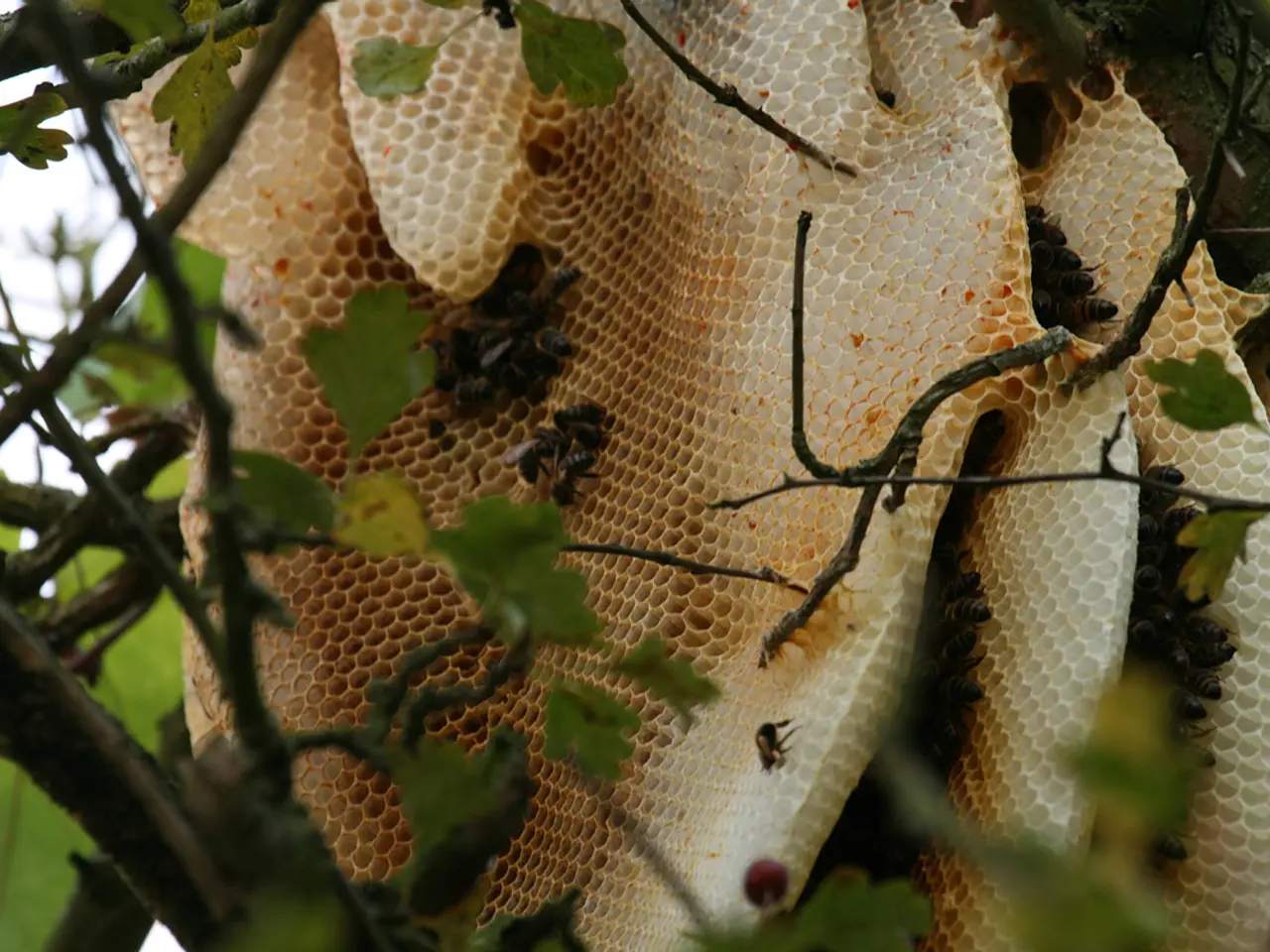August's hidden beet feeds yield a size comparable to a melon and are sweeter than honey, yet commonly used fertilizers will prove detrimental to them
Optimal Beet Cultivation for Sweetness, Size, and Weather Resistance
Growing delicious and resilient beets requires careful attention to their nutritional needs. The key nutrient for growing large and sweet beets is potassium, but a balanced diet is essential for a healthy and productive crop.
Potassium and Beet Quality
Potassium plays a crucial role in beet production, affecting sugar accumulation, dry matter, sweetness, density, and storability. It strengthens cell walls, making beets juicy but not watery, and increases their resistance to adverse weather conditions like heat, drought, and cold.
Balanced Fertilization
Applying a balanced fertilizer with an emphasis on nitrogen early in growth is crucial, but excess nitrogen later can lead to excessive leaf growth at the expense of root (beet) development. A side-dressing of fertilizer when beets are about 4 inches tall is beneficial. You can use organic options like blood meal, alfalfa pellets, or fish emulsion, or a balanced mineral fertilizer.
Maintaining Soil Moisture and Organic Matter
Ensuring steady moisture, especially during seed germination and early growth, is vital as moisture stress can negatively affect sweetness and root size. Beet seeds require consistent soil moisture for good emergence and development. Organic matter in soil improves overall soil health and resilience to weather stress, but supplemental nitrogen fertilization might be needed during the growing season.
Organic Fertilizers and Potassium
Balanced organic fertilizers (e.g., fish emulsion or compost) provide ongoing nutrient support, especially if planting late in the season or under variable weather conditions, to help plants develop well before frost or adverse weather.
Boron, Phosphorus, Sulfur, and Magnesium
Beetroot responds well to boron, but it's crucial to maintain balance as excess can be as harmful as deficiency. Deficiency can also be caused by frequent rainfall, drought, or soil pH above 7.5-8. Excess phosphorus can degrade the quality of root crops, making them harder. Sulfur and magnesium are crucial for beets, participating in photosynthesis and nitrogen absorption.
Avoiding Harmful Elements
Salt (sodium chloride) is harmful to the soil, damaging its structure and reducing fertility. Beets are chlorine-sensitive and do not tolerate excess amounts of chlorine. Potassium chloride is not recommended for beets due to its chlorine content. The common belief that beets should be watered with a salt solution is incorrect.
Correcting Deficiencies
To correct boron deficiency, use borax or boric acid. If the soil is poor and the foliage looks insufficiently lush by early August, potassium nitrate can be applied.
Signs of Deficiency
Signs of boron deficiency include blackening of the growing point, dome-shaped leaves, and black spots inside the root.
In summary, starting with balanced fertilization and side-dressing with nitrogen when plants are young (about 4 inches tall), maintaining consistent soil moisture, and using organic matter with supplemental fertilization as needed, ensures best overall beet quality and stress resistance.
Read also:
- Weekly Updates from the German Parliament (Bundestag)
- Rising health care staff shortages in Virginia, as revealed by a watchdog report
- Experiencing Adverse Reactions to Promacta: A Guide to Coping Strategies
- Forward-thinking entrepreneurs and digital nomads, discover a treasure trove of essential resources to empower your online journey with our curated list of top 10 start-up and digital nomad tools.




